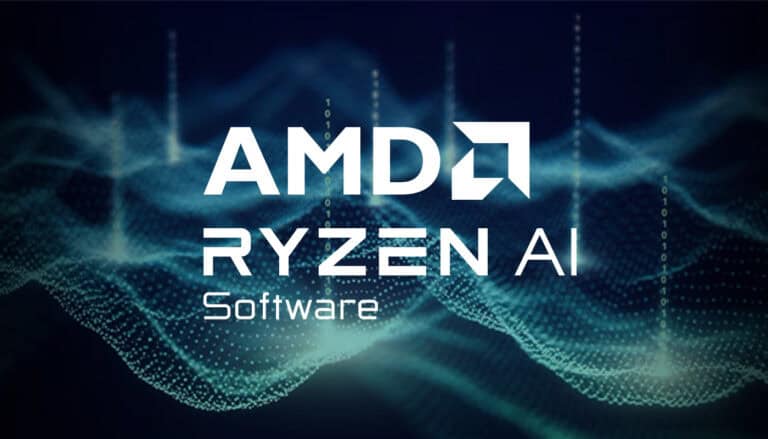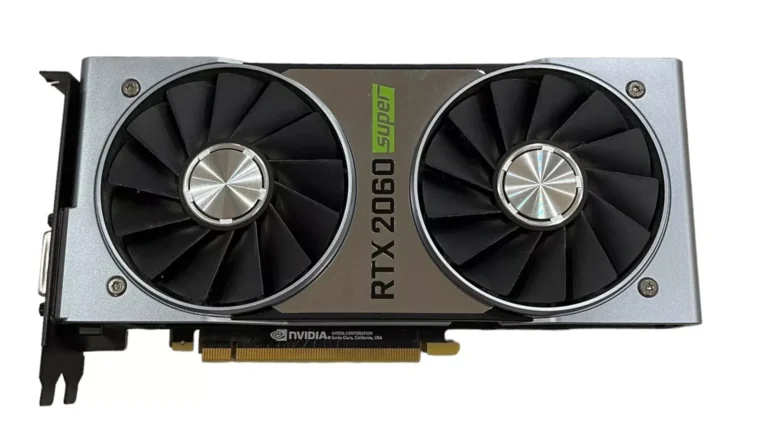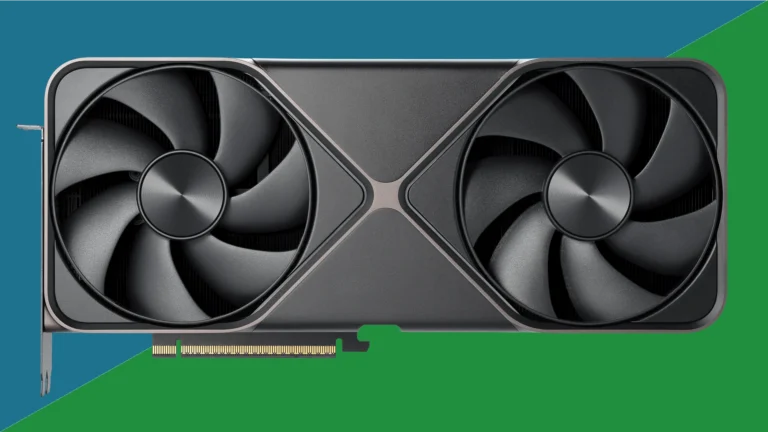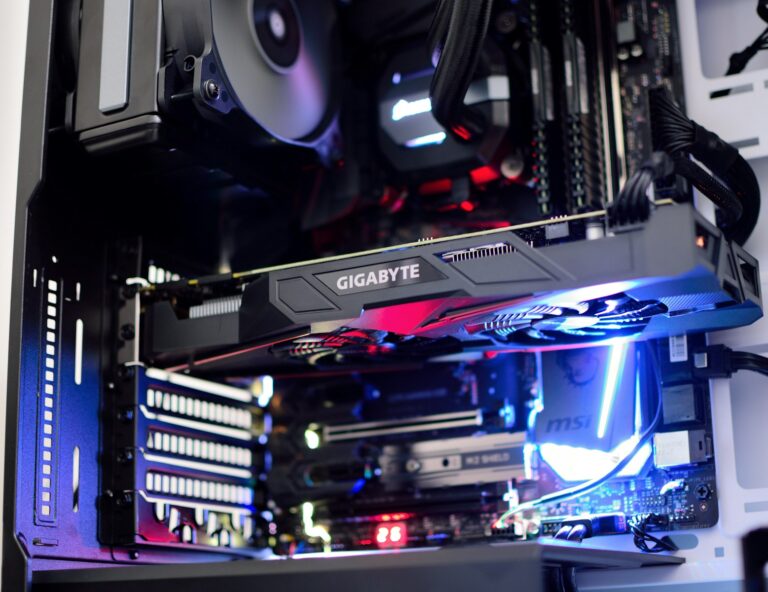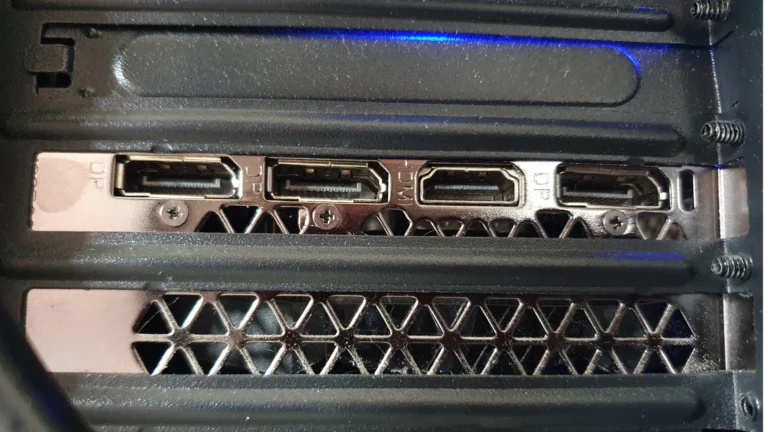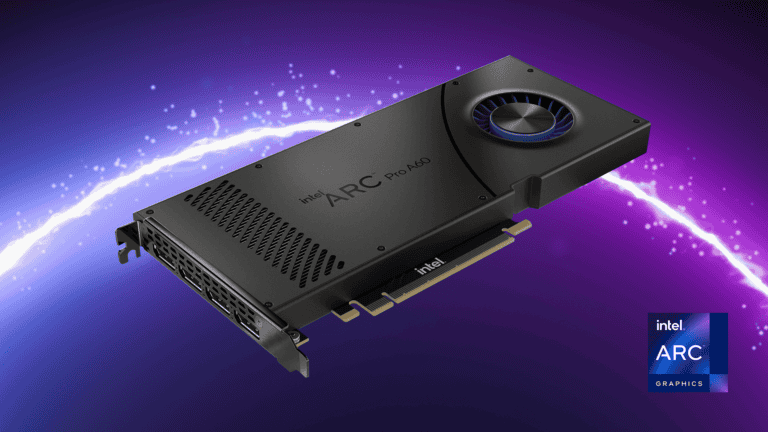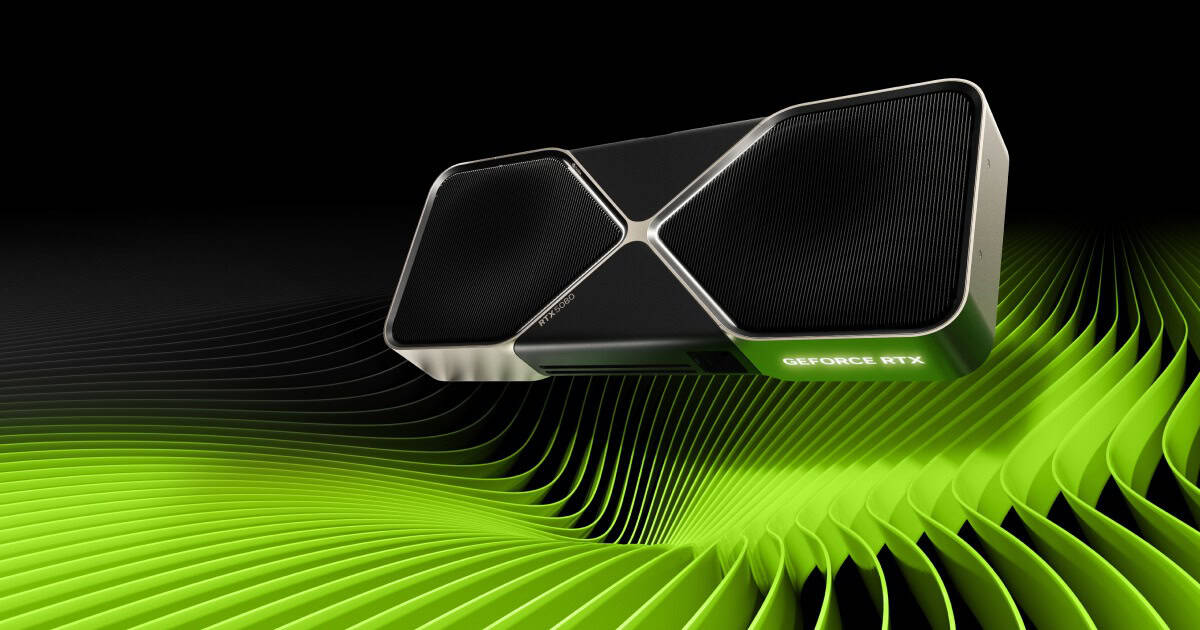
The NVIDIA RTX 5080 has generated attention due to leaked benchmarks indicating that it offers a performance boost over the RTX 4080 but falls short of the RTX 4090. This has raised concerns regarding the RTX 50 series’ price-to-performance ratio and its appeal for upgrade considerations.
Set to launch on January 30 alongside the RTX 5090, the reported performance of the RTX 5080 prompts questions about its competitiveness in the market. The gaming community is awaiting more detailed reviews and analyses to better understand the GPU’s true capabilities as the launch date approaches.
RTX 5080 Performance Analysis
Leaked Benchmarks Reveal a Disappointing Performance
Recent leaks of the NVIDIA RTX 5080 benchmarks have sent ripples of disappointment through the tech community. These benchmarks, from sources like Geekbench and Blender Open Data, suggest that the RTX 5080, while faster than its predecessor, the RTX 4080, falls behind the previous generation’s flagship, the RTX 4090. This is an unexpected turn of events, as traditionally, the xx80 class cards have surpassed the previous generation’s xx90 class in performance.
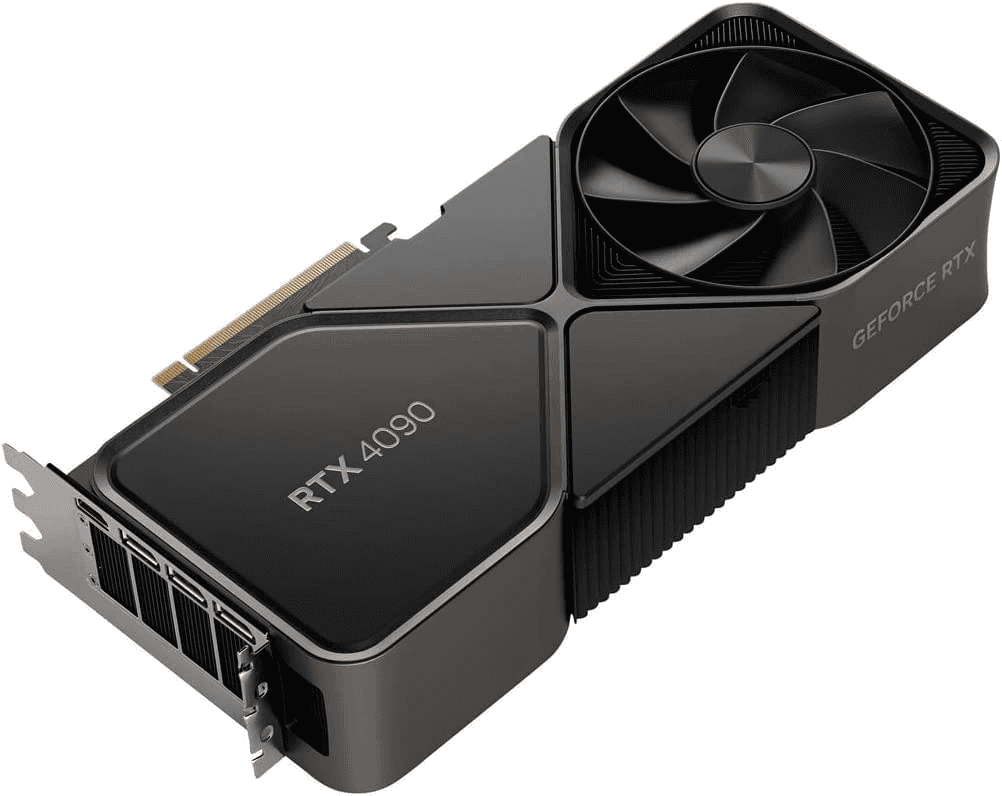
The leaked benchmarks show the RTX 5080 achieving a score of 261,836 in the Vulkan test and 256,138 in the OpenCL test on Geekbench. While this represents an improvement of roughly 20% over the RTX 4080 in Vulkan and 6.7% in OpenCL, it still lags behind the RTX 4090’s scores of 317,436 and 267,112, respectively. On the Blender Open Data platform, the RTX 5080 scored 9,063.77, which is about 9.4% better than the RTX 4080 and 8.2% ahead of the RTX 4080 Super, but again falls short of the RTX 4090’s performance.
Possible Reasons for the Underperformance
Several theories attempt to explain the RTX 5080’s unexpected performance. One possibility is that NVIDIA intentionally limited its performance to avoid cannibalizing sales of the higher-end RTX 5090, which launched at a price of $2,000. Another possibility is that the Blackwell architecture, while promising significant improvements in ray tracing and AI performance, may not have yielded the expected gains in traditional rasterization performance.
It is important to note that these are just leaked benchmarks, and the actual gaming performance of the RTX 5080 might differ. Real-world game tests and reviews are necessary to get a complete picture of its capabilities. However, the leaked benchmarks raise concerns about the RTX 5080’s price-to-performance ratio, especially considering its $999 price tag.
Comparing the RTX 5080 with Other GPUs
The table below provides a comparison of the RTX 5080’s leaked benchmarks with other GPUs, including its predecessor, the RTX 4080, and the previous generation’s flagship, the RTX 4090:
| GPU | Geekbench Vulkan Score | Geekbench OpenCL Score | Blender Open Data Score |
| RTX 5080 | 261,836 | 256,138 | 9,063.77 |
| RTX 4090 | 317,436 | 267,112 | N/A |
| RTX 4080 Super | N/A | 247,399 | 8,368 |
| RTX 4080 | 214,538 | 239,859 | 8,247 |
Should You Upgrade?
The decision to upgrade to an RTX 5080 depends on several factors, including your current GPU, your budget, and your performance expectations. If you have an RTX 4080 or an older GPU, the RTX 5080 will offer a noticeable performance improvement. However, if you already have an RTX 4090, upgrading to an RTX 5080 might not be worth it, especially considering the price.
It’s also important to consider the upcoming release of AMD’s RDNA 4 GPUs, which could offer competitive performance at a lower price. Waiting for reviews and comparisons of both the RTX 5080 and the RDNA 4 GPUs before making a decision might be wise.
The Future of the RTX 50 Series
Despite the RTX 5080’s underwhelming performance, the future of the RTX 50 series is still promising. The Blackwell architecture is expected to deliver significant gains in ray tracing and AI performance, which will become increasingly important in future games. Additionally, NVIDIA’s DLSS 4 technology has the potential to further boost performance, especially at higher resolutions.
The RTX 50 series also includes the higher-end RTX 5090, which boasts impressive specs and performance, albeit at a premium price. The upcoming RTX 5070 and 5070 Ti are expected to offer more affordable options for gamers. Ultimately, the success of the RTX 50 series will depend on the actual gaming performance of the GPUs, the adoption of DLSS 4, and the competitive landscape.
The Impact of DLSS 4
DLSS 4, NVIDIA’s latest AI-powered upscaling technology, is a crucial factor to consider when evaluating the RTX 50 series. DLSS 4 promises to deliver even better image quality and performance improvements than its predecessors, potentially offsetting some of the concerns about the RTX 5080’s rasterization performance. Games that support DLSS 4 could see significant performance gains on RTX 50 series GPUs, making them more attractive to gamers.
However, the adoption of DLSS 4 by game developers remains to be seen. If DLSS 4 becomes widely adopted, it could be a game-changer for the RTX 50 series, but if adoption is slow, the performance gains might not be realized for many gamers.
The Competitive Landscape
The GPU market is becoming increasingly competitive, with AMD’s upcoming RDNA 4 GPUs posing a potential challenge to NVIDIA’s dominance. The RDNA 4 GPUs are rumored to offer significant performance improvements and could be priced more competitively than the RTX 50 series. This could put pressure on NVIDIA to adjust its pricing or offer more performance for the money.
Gamers should keep an eye on the developments in the GPU market and compare the performance and prices of both NVIDIA and AMD GPUs before making a purchasing decision. The competition between NVIDIA and AMD could ultimately benefit gamers by driving innovation and lowering prices.
Short Summary:
- The RTX 5080 shows a modest performance increase over the RTX 4080 but lags behind the RTX 4090.
- The benchmarks highlight a significant gap in Vulkan performance, where the 5080 outshines the 4080.
- NVIDIA’s new Blackwell architecture underpins the technical specifications of the RTX 5080.
NVIDIA’s upcoming RTX 5080 GPU has been in the spotlight recently due to newly uncovered benchmark results that provide a closer look at its anticipated performance. The results were derived from tests conducted on Geekbench using the OpenCL and Vulkan APIs, showcasing how the RTX 5080 stacks up against its predecessors. Set for release on January 30 alongside the RTX 5090, expectations were high for the 5080 to surpass the capabilities of the RTX 4090, which, based on early comparisons, does not appear to be the case.
The graphics card was identified as an MSI-branded model MS-7E62 during testing, equipped with top-performing components such as AMD’s Ryzen 7 9800X3D processor, known for its excellent gaming capabilities. The setup also included an MSI MPG 850 Edge TI Wi-Fi motherboard and 32 GB of DDR5-6000 memory, pivotal for running high-performance benchmarks.
According to benchmark findings, the RTX 5080 secured impressive scores of 261,836 points in Vulkan and 256,138 points in OpenCL tests. These scores indicate a solid, 22% improvement in Vulkan performance compared to the RTX 4080, although the OpenCL tests only reflected a modest 6.7% gain. Interestingly, as noted by Reddit user TruthPhoenixV, the RTX 5080’s median score on the Blender Open Data platform stood at 9,063.77, indicating it was 9.4% faster than the RTX 4080 while also outperforming the RTX 4080 Super by 8.2%. However, this increase may not be enough to contend against the current leader, the RTX 4090, which still remains formidable.
It’s essential to recognize that historically, NVIDIA’s 80-class cards have outperformed the 90-class counterparts from previous generations. Yet, the initial test results for the RTX 5080 suggest this may not hold true this time around. The RTX 4090 appears to maintain a significant edge in overall performance, with an observed 19% advantage in synthetic benchmarks. As many analysts note, these results only provide a preliminary glimpse into potential GPU dynamics, and further analysis post-release will be critical to ascertain real-world performance.
“The RTX 5080 scored 261,836 and 256,138 points across the Vulkan and OpenCL APIs, respectively. An interesting fact we noticed is that Blackwell GPUs offer better performance in Vulkan than OpenCL. With that in mind, the RTX 5080 lands 22% faster than the RTX 4080 in Vulkan.” – Tom’s Hardware
The RTX 5080 is built on NVIDIA’s latest Blackwell architecture, featuring 10,752 CUDA cores dispersed across 84 Streaming Multiprocessors (SMs). This represents a significant increase over the RTX 4080’s 9,728 cores. Additionally, it boasts 16 GB of GDDR7 memory connected via a 256-bit bus. NVIDIA claims that the GPU can deliver remarkable AI performance at 1,801 TOPS through its Tensor Cores and an impressive 171 TeraFLOPS for ray tracing operations via its RT Cores.
While initial benchmarks set the stage for the RTX 5080’s capabilities, it is critical to highlight that these results have yet to be independently validated. Industry experts recommend waiting until the review embargo is lifted to obtain a clearer picture of the GPU’s performance under various workloads. Any conclusions drawn from these synthetic benchmarks should be treated as preliminary and are likely to evolve based on real-world scenarios.
The announcement of NVIDIA’s GeForce RTX 50 Series at CES 2025 has introduced enhanced features such as DLSS 4 and Multi Frame Generation, which promise to significantly uplift gaming experiences. While the RTX 5090 showcases a raw performance increase of approximately 30% over the RTX 4090, the RTX 5080 exhibits a more modest advancement, being about 15% faster than its predecessor. The technological upgrades, including DLSS 4’s capabilities, have created a competitive atmosphere in the graphics market.
DLSS 4 harnesses the power of AI and the RTX Blackwell hardware, resulting in a significant leap in gaming performance across compatible titles. For instance, titles that utilize intensive path-tracing techniques, such as Black Myth: Wukong, have shown extraordinary frame rate enhancements—rising from around 30 FPS to an impressive 245 FPS with DLSS 4 on the GeForce RTX 5090. This capability presents further questions regarding how NVIDIA’s new generation will perform in direct comparisons to AMD’s upcoming RDNA 4 architecture.
The RTX 5090 and RTX 5080, inclusive of the new advancements in DLSS 4 technology, promise to redefine gaming benchmarks. As outlined by NVIDIA during their Editor’s Day, these two cards are set to impress across various gaming titles, with the potential for unprecedented performance levels. However, the true metric of success will lie in real-world benchmarks and game performance tests once the cards are officially launched.
Comparison of Performance Metrics
The NVIDIA RTX 50 Series promises to push the boundaries of graphics performance. Here’s a summary of expected performance metrics:
- GeForce RTX 5090:
- 2X faster gaming performance with DLSS 4.
- 30% faster raw performance over RTX 4090.
- 40% increase for creator tasks.
- GeForce RTX 5080:
- 2X faster gaming performance with DLSS 4.
- 15% faster raw performance compared to the RTX 4080.
- 15% performance boost in creator tasks.
- GeForce RTX 5070 Ti:
- 2X performance gains with DLSS 4.
- 20% faster than RTX 4070 Ti in raw performance.
- 40% increase in content creation workloads.
- GeForce RTX 5070:
- 2X faster with DLSS 4.
- 20% quicker than RTX 4070 in traditional performance.
- 20% improvement in creator tasks.
As gaming technology advances, it seems that while NVIDIA’s emphasis on DLSS 4 and AI capabilities propel performance, the raw performance uplift appears less significant for the RTX 5080. Many gamers are expected to scrutinize these numbers further, particularly in light of how AMD’s RDNA 4 architecture could provide a competitive alternative.

